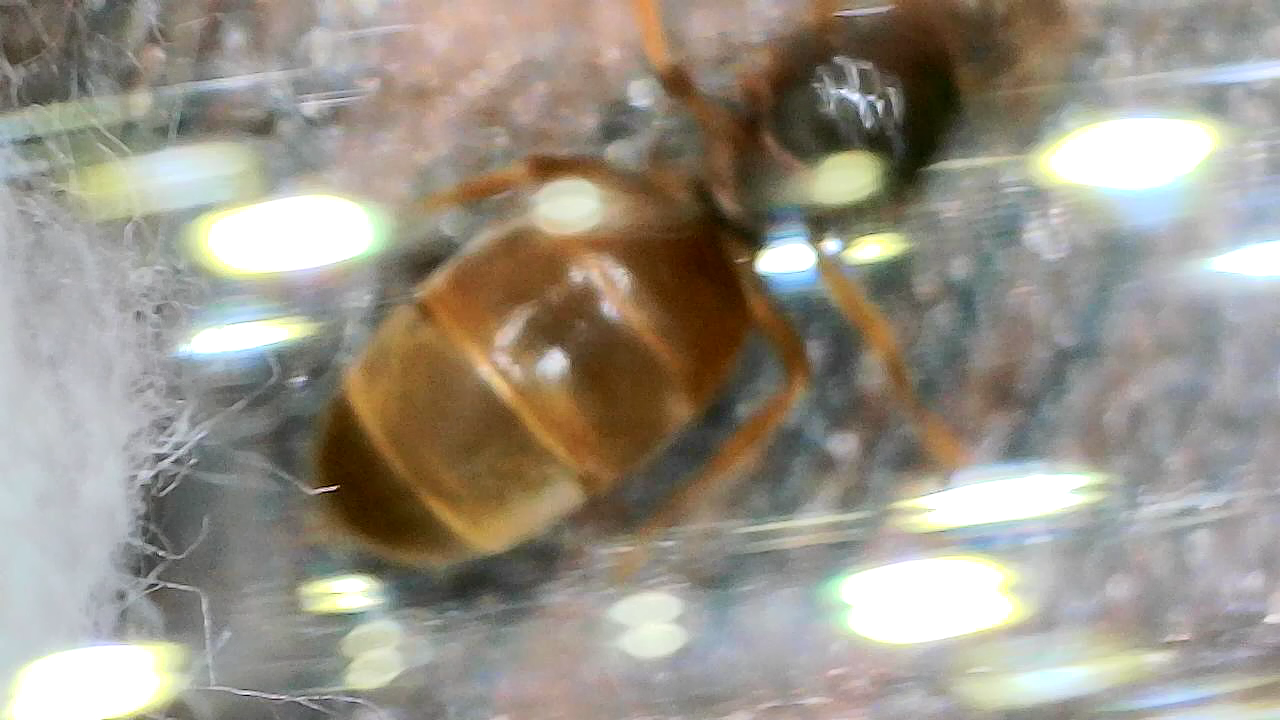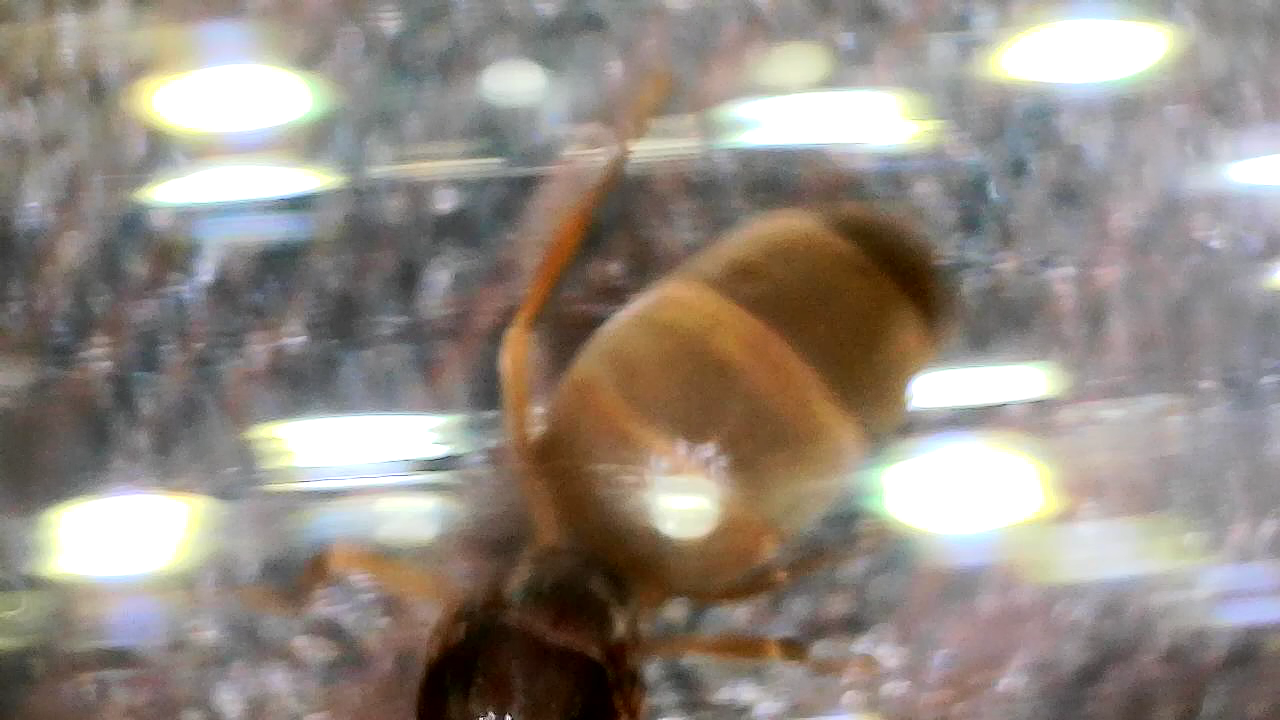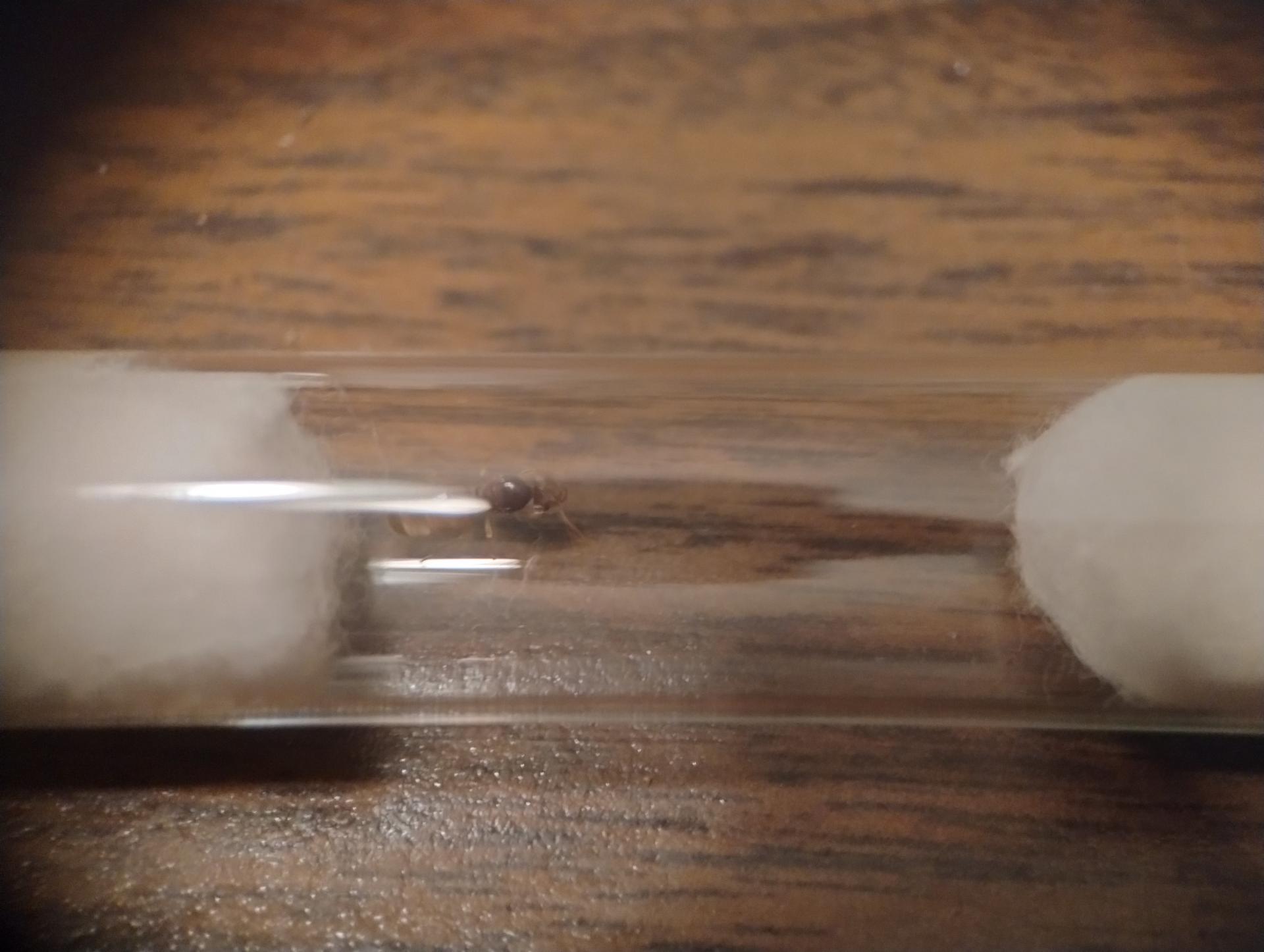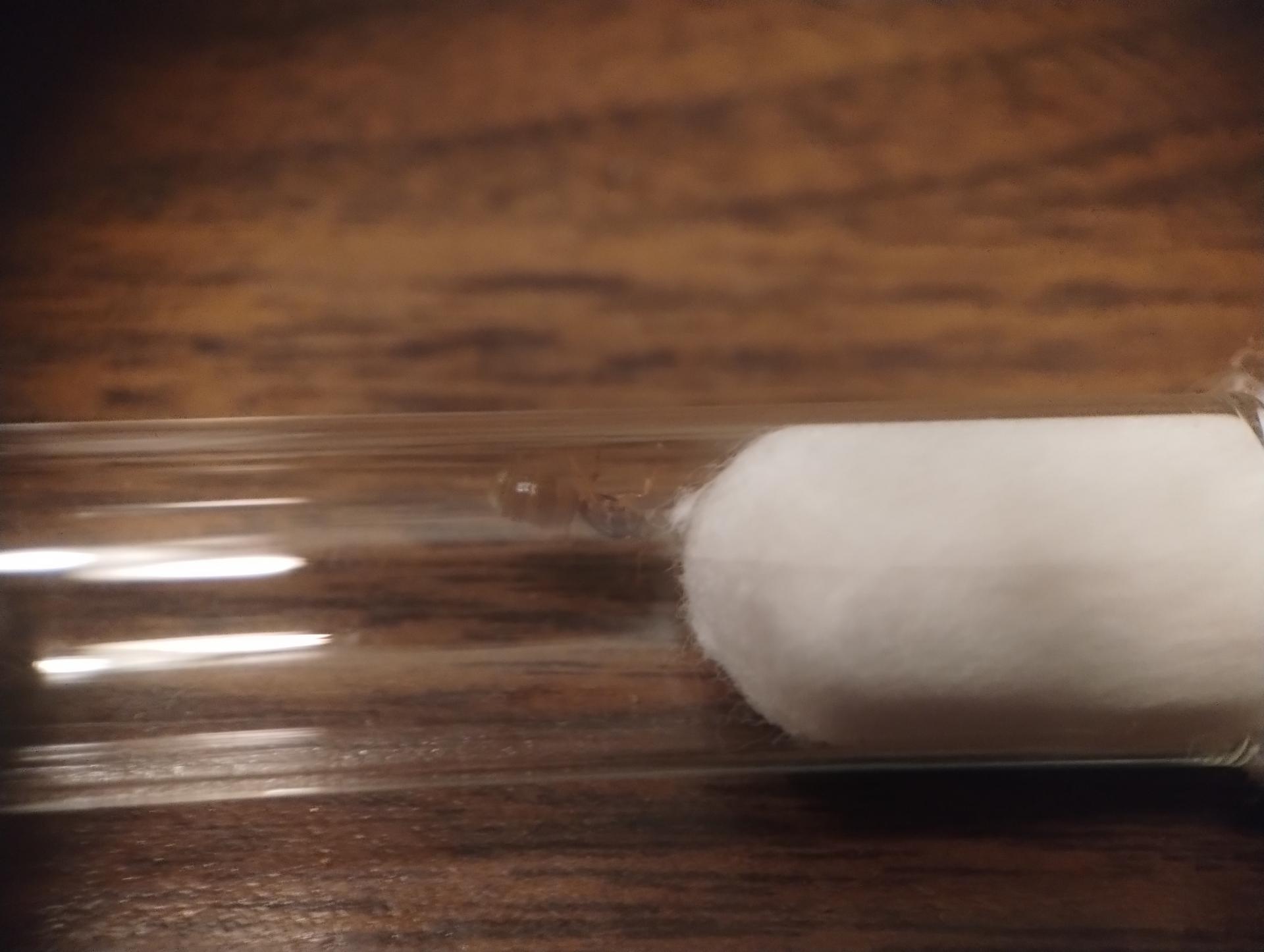





Lasius (Cautolasius). Either L. brevicornis or L. nearcticus, The two are separable by the size of the penultimate segment of the maxillary palp in respect to the terminal one, or by the length of the scape in respect to the occipital corners. Both species are quite common.
No they are not known to be in North America.
Currently keeping: 2 C.vicinus colonies.2 C.sansabeanus. 1 C.leavissimus. 2 C.Ca02. 1 V.pergandei. 4 T.immigrans.1 F.pacifica. 1 C.hyatti
1 M.ergatognya
Trying to get my hands on :C.modoc,A.vercicolor, and Any Honeypots
Yeah even if there are records they are dubious or in error.
Currently keeping: 2 C.vicinus colonies.2 C.sansabeanus. 1 C.leavissimus. 2 C.Ca02. 1 V.pergandei. 4 T.immigrans.1 F.pacifica. 1 C.hyatti
1 M.ergatognya
Trying to get my hands on :C.modoc,A.vercicolor, and Any Honeypots
I'll see about getting some better images later to help. I was thinking flavus was in north america but it looks like that's actually brevicornis. Guess I learned something today lol.
The Lasius brevicornis in North America used to be considered Lasius flavus, though myrmecologists determined there was enough of a difference between the European and North American variants that they classified the North American flavus as a different species, brevicornis. By the way unlike many other Lasius, many (Cautolasius) including brevicornis and nearcticus are polygynous in case you find more.
Edited by RushmoreAnts, August 27 2024 - 5:37 AM.
"God made..... all the creatures that move along the ground according to their kinds (including ants). And God saw that it was good. Genesis 1:25 NIV version
Keeping:
Formica cf. pallidefulva, cf. incerta, cf. argentea
Formica cf. aserva, cf. subintegra
Myrmica sp.
Lasius neoniger, brevicornis
0 members, 1 guests, 0 anonymous users